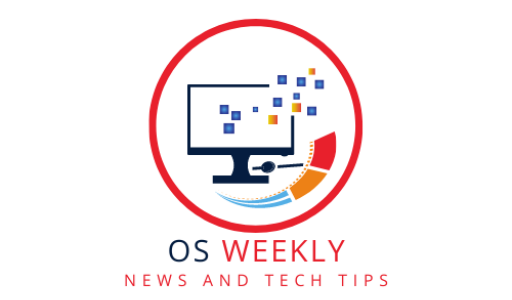Proprietary vs. OSS Software
In the ever-evolving realm of technology, the battle between proprietary and open-source software remains an enduring topic. The choice between these two software models can significantly impact development, security, and user experience. In this comprehensive article, we will explore the nuances of the debate, diving deep into the distinctive characteristics of proprietary and open-source software, their implications, and the ongoing dialogue that surrounds them.
Proprietary Software: Guarded Innovation
Proprietary software, also known as closed-source software, is developed and maintained by a specific company or entity. The source code of proprietary software is not made public, which means that users do not have access to the underlying programming instructions. This model often comes with dedicated customer support, ensuring users receive prompt assistance when issues arise. Proprietary software is known for its seamless integration, as it’s usually optimized to work seamlessly within the company’s ecosystem.
However, the proprietary model has its drawbacks. Users are limited in customizing the software according to their needs, as the source code is inaccessible. Additionally, relying solely on the company for updates and security patches can lead to potential vulnerabilities. This has sparked concerns about vendor lock-in, where users become dependent on a specific software provider and find it challenging to transition to other solutions.
Open-Source Software (OSS): Collaborative Ingenuity
Conversely, open-source software operates under a transparent and collaborative approach. The source code is made available to the public, allowing anyone to view, modify, and distribute it. This collaborative effort often results in rapid bug fixes, enhanced features, and robust security, as the community collectively works to improve the software.
The flexibility of open-source software enables users to tailor the software to their precise requirements. They are not beholden to a single company for support or updates, reducing the risk of vendor lock-in. Moreover, open-source software aligns with the ethos of sharing knowledge and democratizing technology. Projects like the Linux operating system and the Mozilla Firefox browser are shining examples of the potential of open-source collaboration.
However, open-source software also presents challenges. The absence of a centralized entity can lead to fragmentation and inconsistencies in different versions of the software. While community support exists, it might not always match the level of dedicated customer support offered by proprietary software providers.
The Ongoing Debate: Balancing Act
The debate between proprietary and open-source software showcases the complex considerations developers and users must navigate. Proprietary software offers the assurance of dedicated support and integration but can limit customization and foster dependency. Open-source software embodies collaboration and customization but can lack standardized support and may require technical expertise to implement effectively.
FAQs about the Proprietary vs. OSS Software Debate
Q: Which type of software is more secure: proprietary or open-source?
A: Security depends on various factors, including promptness of updates and the community’s vigilance. Both models can be secure with proper practices.
Q: Can I modify proprietary software for my needs?
A: No, proprietary software’s source code is closed, limiting your ability to make significant modifications.
Q: Are all open-source projects community-driven?
A: While many are community-driven, some companies release software as open-source while maintaining control over its development.
Q: Is vendor lock-in a concern with open-source software?
A: Vendor lock-in is less common with open-source software, as you can transition between providers or self-host the software.
Q: Which model is more cost-effective in the long run?
A: Open-source software tends to have lower initial costs, but total cost-effectiveness depends on factors like support and customization needs.
Q: Can proprietary software benefit from community collaboration?
A: Proprietary software companies can engage with users for feedback, but they retain control over the source code and updates.
Conclusion
The debate between proprietary and open-source software is far from settled, and the choice between the two models largely depends on the unique requirements of each project. Proprietary software offers integration and dedicated support but can result in vendor lock-in. Open-source software promotes collaboration and customization but might require more technical expertise. Whichever path you choose, understanding the nuances of both models will empower you to make informed decisions that align with your software goals.
For info on other operating systems Click Here

